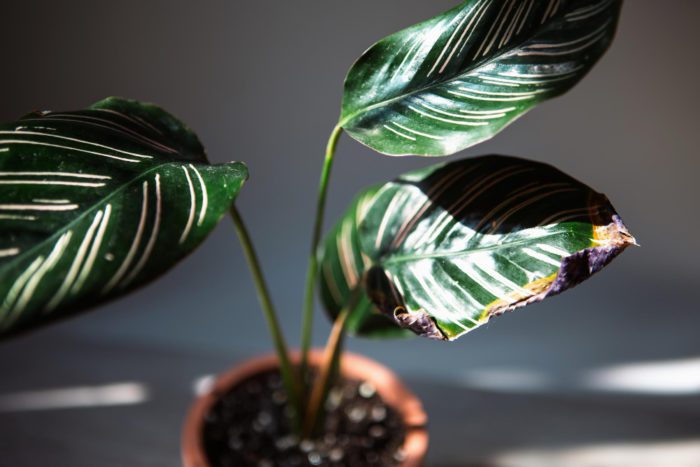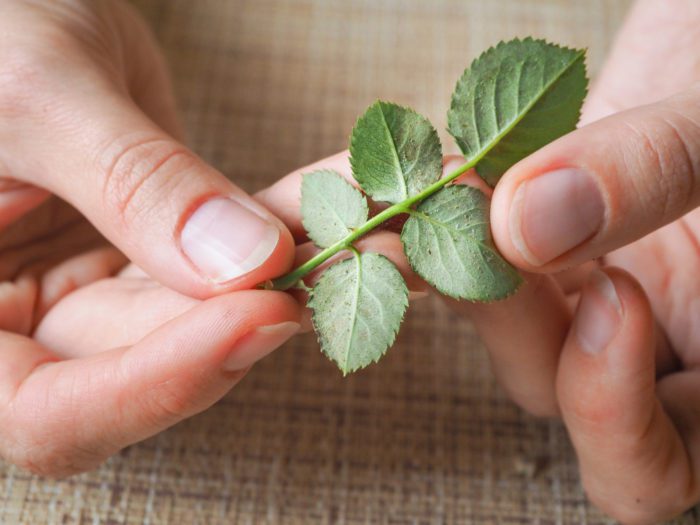Spider mites are a common household nuisance. They love climates that are warm, dry, and low in humidity. Chlorotic patches or a stippled appearance on plant leaves are signs of feeding damage. It’s also possible that webbing is present. Fortunately, they are relatively simple to manage.
Finding out that your prized houseplants have spider mites can be a stressful experience, especially if you’ve never dealt with these pests before. If you care about the health of your indoor plants, you need to know how to get rid of spider mites so that you may avoid the damage that spider mites can bring.
How to Manage Spider Mites?

If you have spider mites on your houseplants, consider transferring them to a cooler place away from healthy plants. Maintain moist but not excessively saturated soil. When the top half-inch of soil is dry, it’s a good rule of thumb to water your houseplants.
Important Note: If you're tired of pests and want a reliable solution, then you should definitely consider seeking help from a professional pest control company. DIY solutions can be effective, but if you're dealing with a significant pest infestation, you don't want to rely solely on DIY methods. Pest control companies typically don't charge huge fees. You can fill out this form to receive free quotes from the top local pest control companies, and compare the quotes and see for yourself. Then, finally, your pest problems will be eliminated for good.
If done frequently, washing plant foliage with a soft cloth or a strong spray of lukewarm water can help minimize the spider mite population.
If you’re going to use a pesticide, read the label carefully before buying it and again before using it. This is particularly essential because the availability and suggested use of various herbicides might vary year to year. The label is the last authority on how to use a pesticide legally.
If the infestation is severe, with spider mites covering the majority of the plant, the best control approach is to discard the plant. Place a plastic bag over the plant before removing it to prevent spider mites from spreading to other houseplants.
Keep newly purchased houseplants in a separate area, away from other houseplants, for a few weeks to avoid repeat infestations. Use this time to check for pest concerns on the plants before replanting them with the rest of your healthy plants.
Spider Mites and Their Effects on Houseplants – A Quick Rundown

Spider mites are a prevalent concern on both indoor and outdoor plants. Spider mite damage not only makes a plant look unattractive, but it can also kill it.
Even though spider mites have six legs, they are not considered insects. They are Tetranychidae, which means they have more arachnid-like traits and are related to spiders and ticks.
Spider mites aren’t usually easy to spot. Because they are small and oval in appearance, these mites are difficult to see. They prefer to live in colonies, which means they attack in groups and usually settle on the undersides of healthy plant leaves.
The white spider web on plants may be the first thing you notice, or the plant leaves may simply appear dusty. From afar, it may appear that the houseplant isn’t getting enough water and that the leaves are drying out.
Because they start their webs on the underside of leaves and at the leaf joints, they go unnoticed for a long time. That’s why it is critical to treat a damaged plant with a spider mite treatment as soon as possible in order to maintain the plant looking its best and healthiest.
These pests pierce the leaves and actually suck the life (sap) out of both indoor and outdoor plant leaves. The small dots left behind on the leaves where mites have been chewing demonstrate this eating behavior.
The first signs that your houseplants are being attacked by spider mites are stippled, yellow, and fragile leaves. They’ve already been hard at work at this point.
By the time a plant begins to yellow and the leaves begin to fall off, significant damage has already occurred. If you don’t take action as soon as you see spider mites on your houseplants, they may win the battle!
Spider Mites on Houseplants: How to Get Rid of Them?

Don’t worry if you’ve been caught off guard by a spider mite attack; you’re not alone. In just three days, a healthy plant can be severely harmed by spider mites. That is why, if you suspect a spider mite infestation, your first line of defense should be to act quickly.
It’s time to act now so that you know what you’re up against. To effectively clear your house plants of spider mites, utilize one of the ways mentioned below.
Use Rubbing Alcohol
Is it okay to use rubbing alcohol? You might question whether this is the safest and least hazardous solution for your plant. The good news is that alcohol has little effect on most plants. Only a small percentage of plants truly respond to it and show signs of burning so it has little side-effects.
If you’re anxious about how your plant will react, test the solution on a tiny area first and wait a few hours to see how it reacts.
To get rid of troublesome spider mites on their house plants, many plant lovers swear by rubbing alcohol. When used in large doses, alcohol is poisonous to most pests.
Use Dishwashing Soap and Water
Many people choose to produce their own soap pesticide at home because it is more environmentally friendly and easier on the plants. 1 liter of lukewarm tap water and 1 teaspoon of dishwashing liquid soap is all you need.
In a spray bottle, thoroughly combine the ingredients and soak the plant from top to bottom. This eliminates spider mites from the plant immediately.
You can alternatively put the necessary quantities in a bucket or tub and use a moistened towel or sponge to clean the plant. If you’re concerned about the bugs reappearing, schedule regular spraying or washing down of your houseplants.
Use a Botanical Pyrethrin
Botanical Pyrethrins are an alternative to hazardous chemical pesticides if you don’t want to use them. These are naturally occurring chemicals with strong insecticidal properties. Chrysanthemum flowers are used to make one type of botanical pyrethrin.
If you’re seeking an organic, environmentally friendly pesticide/insecticide, be sure the pyrethrins you buy don’t contain piperonylbutoxide or synthetic adjuvants.
It’s preferable to follow the mixing and application instructions on the product package. The majority of these can be sprayed or dabbed onto the plant. Some kinds must be combined with water before being sprayed on spider mite-infested regions. Insecticidal soap and horticultural oil are also effective and can be used.
Use a Shower
Using your bathroom shower, hose off spider mites and remove ugly spider webs. The mites should be dislodged by the power of water. You can also use a powerful stream of water from the hose to remove spider mites from outside plants.
Use an Apple Cider Vinegar Spray
An apple cider vinegar (ACV) natural spray can help you get rid of spider mites. It’s also acceptable to use white vinegar. Vinegar is highly acidic, which spider mites and other plant pests despise.
Mix 1/4 cup vinegar, 1 tablespoon baking soda, and a few drops of liquid dish soap in 1 quart (1 l) of tepid water to make a spider mite spray. Spray spider mite activity anywhere you see it until it is entirely gone.
Conclusion
Spider Mites are a nuisance. They can be a great pain to deal with but, using the techniques that we have provided above, you are sure to get the best results possible!
We hope you make use of the techniques provided and get rid of spider mites for good!

